Top carriers in Your State include:


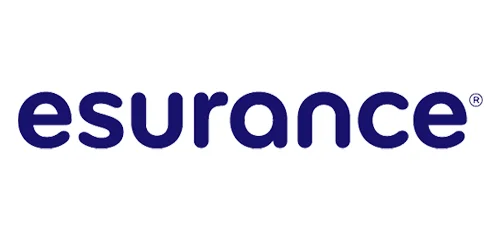


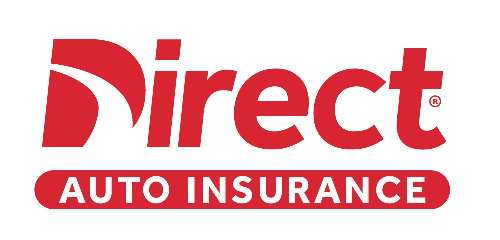
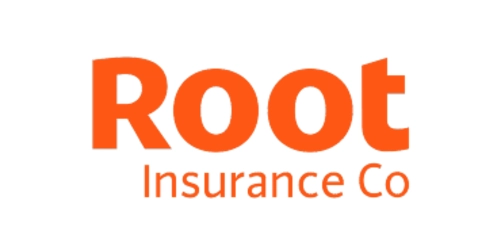
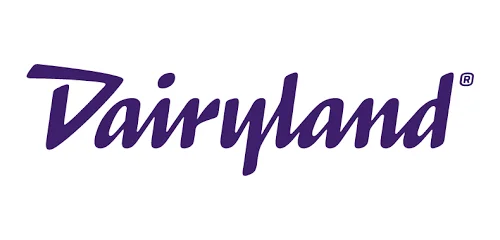
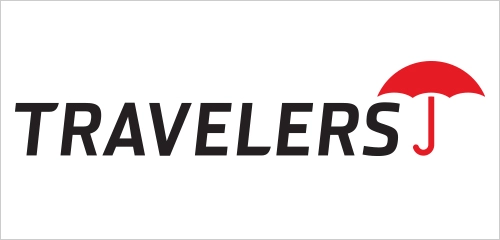











If you are unsure about how much auto insurance to purchase, it helps to first understand the different types of coverage. Keep in mind that by law, nearly every state requires some level of auto insurance coverage. Below are the most common types:
Liability coverage is the most basic level of car insurance. It helps pay for the other party's injury and property damage expenses in the event you cause an accident. Without liability coverage, you would be on the hook to pay for such expenses out-of-pocket. In other words, liability insurance financially protects you.
Liability insurance comes in two parts:
Liability is the type of coverage often required by state law. Each state has their own minimum amounts of bodily injury and property damage coverage needed for drivers to be considered legally insured. Known as state minimum insurance, this type of coverage often has the lowest premiums.
You will typically see liability coverage amounts written, for example, as follows: $25,000 bodily injury per person / $50,000 per accident and $20,000 property damage. The figures in this example are the maximum amount the policy would pay per claim.
State minimum insurance is usually enough to cover minor accidents. It can also be sufficient for those who own and drive older, less valuable cars. However, keep in mind that more serious accidents can result in at least hundreds of thousands of dollars in bodily injury and tens and thousands of dollars in property damage. If at fault, you could be sued to pay for any costs that exceed your state minimum insurance policy out of your own pocket. You could pay even if you live in one of the 12 no-fault states, or where each driver's liability insurance pays for themselves no matter who is at fault. For these reasons, consider purchasing bodily injury and property damage coverage above your state minimum, ideally enough to cover serious accidents.
To learn more about liability coverage, and to see your state's minimum insurance, click here.
Unlike liability-only, full coverage insurance will pay to repair or replace your vehicle after an accident, even if you were at fault.
Full coverage is not a type of insurance. Rather, it is a term that referrers to having the following parts:
Collision coverage is available in most states. It is not required by law but is typically required if you lease or finance your vehicle. If you skip collision coverage, your auto lender may add that into your loan, often at a more expensive rate. That is why it is recommended to purchase collision coverage on your own. You typically need both liability and comprehensive coverage to purchase collision. If you do not drive that often, but still want additional protection, you could purchase comprehensive coverage without collision.
Learn more about full coverage, including collision and comprehensive, by clicking here.
Personal injury protection coverage, also known as “PIP,” is used to pay the costs of any injuries you or your passengers suffer in an accident, even if you are at fault. PIP covers both medical bills and lost wages.
If you do not have good health insurance, it often makes sense to purchase a higher amount of PIP coverage, just in case you end up being injured in a serious vehicle accident.
PIP coverage is not available in every state, while others require it as minimum coverage. To learn more about PIP coverage, and its availability by state, please click here.
Medical payments coverage, also known as “MedPay,” is not available in every state.
Like PIP, MedPay helps cover medical expenses for you and your passengers if you are injured in a vehicle accident, no matter who is at fault. However, it is not as comprehensive as PIP, because it does not cover lost wages. MedPay is another option to consider if your health insurance is lacking.
Learn more about medical payments coverage by clicking here.
Uninsured and underinsured motorist coverage protects you and your property if you are in an accident caused by either a driver who has no insurance (uninsured) or too little insurance (underinsured).
How the underinsured portion works is that if another party causes and accident and injuries you or damages your vehicle, but the expenses are more than the other party's maximum liability limits, your underinsured motorist coverage will kick-in to bridge the gap.
Keep in mind that there is a fair amount of uninsured and underinsured drivers on the road at any given time. Also, in some states, uninsured/underinsured motorist coverage is required by law.
Click here to learn more about uninsured/underinsured motorist coverage.
No matter the type of coverage you choose, Cheapest-Auto-Insurance.com stacks the chips in your favor. Our technology and direct relationships enable us to find the leading insurers looking for -- and offering low rates to -- drivers just like you at this very moment. You could even get coverage above the state minimum for as low as $25/month*. Enter your zip code now to compare and save big!